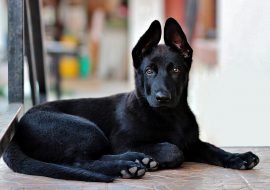
Ideal Dog Breeds for You Based on Your Birth...
All the dogs deserve a loving owner and a loving family. While getting a dog …
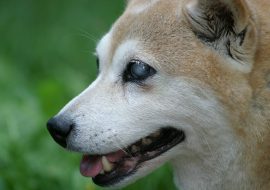
How to Take Care of Deaf and Blind Dogs
Like us humans, dogs may also have physical disabilities, abnormalities, and health-related issues, especially in …
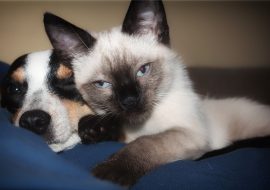
8 Best Wet Food Feeding Tips for Dogs and...
As pet parents, we strive to do everything possible to make our pet animals happy …
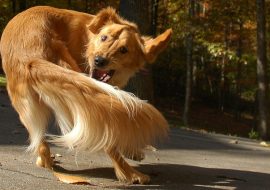
Why do Dogs Chase their Tails and how to...
Dogs are undoubtedly the most loyal companions of humans and are always ready to impress …
![Most Popular Indian Dog Names for 2024 [Updated] Most Popular Indian Dog Names for 2024 [Updated]](https://thedogsjournal.com/wp-content/uploads/bfi_thumb/2-3coz2hio0c0yblig2auz9m.jpg)
Most Popular Indian Dog Names for 2024 [Updated]
Looking for a suitable Indian-origin name for your dog? Keep reading this post for the …
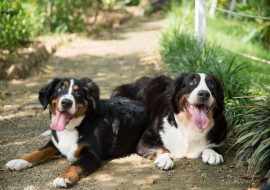
200+ Bernese Mountain Dog Names for 2024
The Bernese Mountain Dog is a large-sized working breed from Switzerland and is used for …

Best Brand Names for Dogs in 2023
Dogs are wonderful creatures that give us a reason to live. None of the other …
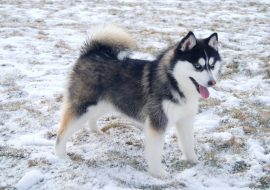
100+ Best Pomsky Names for 2024
Pomsky, the fluffy wolf-like dog, is one of the most popular crossbreeds in the US …
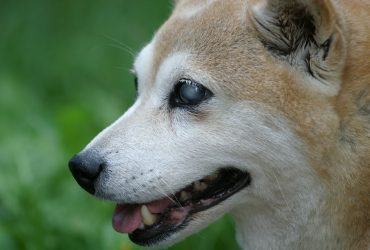
How to Take Care of Deaf and Blind Dogs
Like us humans, dogs may also have physical disabilities, abnormalities, and health-related issues, especially in …
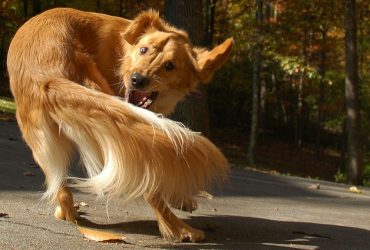
Why do Dogs Chase their Tails and how to...
Dogs are undoubtedly the most loyal companions of humans and are always ready to impress …
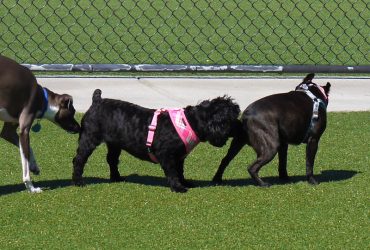
Dog Butt-Sniffing: Facts About Canine Anogenital Sniffing
If you are reading this article, there is a strong possibility that you have just …
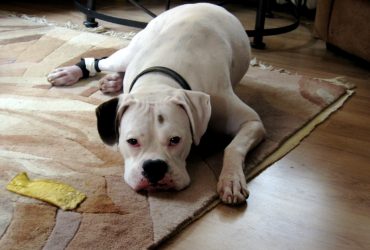
Separation Anxiety – Symptoms, Causes, & Treatment
Dogs love their humans more than any other thing in the world and they are …

Groodle Temperament and Behaviour
This wonderful cross between the Golden Retriever and Poodle is one of the most popular …

How to Deal with Separation Anxiety in Dogs?
Countless pet owners are distraught over their dog’s destructive behaviors, incessant barking, or even self-harm. …
